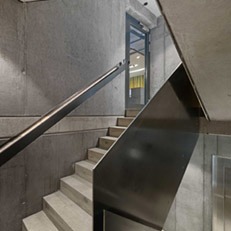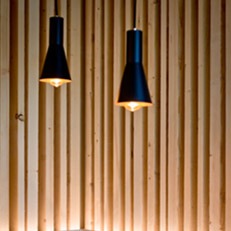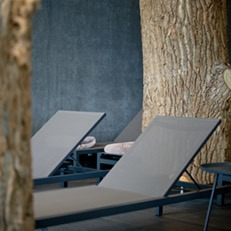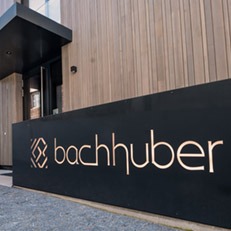Elegance in a new guise
In this interview, Rudolf Bachhuber (53), Managing Director of Bachhuber Contract, describes the special features and challenges of the renovation and new construction of the Steigenberger Europäischer Hof Baden-Baden project.
Bachhuber Contract, describes the special features and challenges involved in the renovation and new construction of the Steigenberger Europäischer Hof Baden-Baden project.
Mr. Bachhuber, what exactly do you do for the Europäischer Hof Baden-Baden project?
We are responsible for the interior design and, as general contractor, for the interior fit-out of the new Luisenflügel building.
In addition, we are realizing the execution and coordination planning of the dry construction in the old building rooms and in the public zones, with the exception of the spa area.
Surely the cooperation with the European Court is anything but ordinary?
Would you like to briefly describe it?
The project is characterized by its high quality requirements in terms of planning and execution.
What are the biggest challenges for you?
For me, it is important to stay within the set financial framework and at the same time meet the high quality standards.
Another challenge is to combine the existing situation of the old building with the requirements of the hotel business in terms of technology, design and quality of today.
What is the basic idea behind your approach to the rooms in the new building?
A completely unique, unmistakable room experience is intended to reflect the character of the hotel in the form of elegance in a new guise.
The staging begins when the guest enters the room, with a large, light-filled hallway.
The sleeping area is then accessed through a portal: A long room that is given a dynamic effect by the sloping window front.
This is supported and reinforced by space-creating measures: the interplay of furniture, wall, floor and lighting elements radiates lightness and spaciousness.
What criteria did you use to create the design and color concept?
We have paid particular attention to the surfaces of the furniture fronts: All large wall and ceiling panels are painted in a warm matt truffle brown.
High-gloss surfaces in white and black are combined with this.
An elegant sideboard with a filigree brass frame thus attracts attention as a stand-alone piece of furniture.
Exciting and what was your inspiration for the textiles?
All textile surfaces have a glossy, shimmering texture – they remain predominantly muted in color so that the wallpaper with its delicate, ornamental surface comes into its own.
Indirect lighting, so-called light coves, emphasize the silvery sheen of the wallpaper.
Velvety, rust-red upholstery fabrics were chosen for the comfortable upholstered furniture – as a stylistic device of tradition and luxury.
The color scheme of the rooms is warm and harmonious.
Strict, uncluttered structures in the furniture design, paired with colors in earth tones, convey an atmosphere of calm and relaxation to the guest.
And how can we imagine the bathroom?
In the bathroom, the oversized, dark washbasin with stone top takes center stage.
Wall mirrors and niches are finished with elaborate details.
Bright wall and glass surfaces, a wide entrance and the warm lighting also emphasize the size and elegance of this room.
To what extent were you influenced by the history and location of the building when designing the concept?
The luxury hotel traditionally accommodates guests who have high cultural expectations in terms of lifestyle and ambience.
Modern design can also do justice to this.
The regional cultural themes of Baden-Baden such as the Kurhaus, thermal springs, casino and racecourse are incorporated in the form of light objects designed as wall panels in the corridors.
As a graphic element, the hotel emblem was integrated into the furniture design as a symbol of the reconstruction of the historic Luisenflügel.
Was the interior specially designed for the house?
Yes.
We deliberately wanted to create a different design to the historic old building.
After all, guests should feel that they are in a new building.
Most of the furnishings, such as joinery, smaller pieces of furniture and lighting, were designed and manufactured especially for this house.
The high-quality fabrics have been selected from international brands.
Is there something that makes the Steigenberger Europäischer Hof a special place for you?
I think it’s the symbiosis or the tension between old and new.
Although the hotel is located in the middle of the city, it is both a “leisure” and luxury resort that is unparalleled in the city of Baden-Baden.
What do you want for the project?
I hope that the planning and expansion process goes well so that we can meet the quality and cost targets we have set ourselves.
And, of course, after a punctual opening date, I hope for many bookings, enthusiastic regular and many new guests and a successful pre-opening.
In which direction will hotel design develop in the future and to what extent have you taken this into account at the Europäischer Hof?
The hotel design is fundamentally geared towards the concept and its target guests.
There are more and more hotel concepts that are tailored to the target group, such as boutique design hotels, budget hotels, business hotels, etc. We are also currently experiencing an increase in the luxury hotel industry. In our case, the design is based not only on the location and history of the building, but also on the wishes of the owner, the requirements of the brand and the operational processes, as well as international design trends.
What do you personally like about Baden-Baden?
I am thrilled by the 19th century charm that can be experienced here at every turn. The location in the middle of the beautiful Black Forest, the temperate climate on the one hand, but also the internationality of the guests, the casino and the luxury hotels on the other, still make BadenBaden a fashionable spa town with a high recreational value.
What other hotel projects are you working on at the moment?
I am currently working on numerous hotel projects in Europe in addition to the Steigenberger Europäischer Hof Baden Baden: the Hotel Alsik in Sonderborg, Denmark, the Hotel Pasteur in Milan, the Hotel Mooons in Vienna, the Steigenberger Hotel Camp de Mar in Mallorca, the Hotel Fender in Amsterdam and around 20 other hotel projects throughout Europe.
How would you describe your personal design style?
I feel a strong connection to people and guests in my work.
Where do you get your inspiration from?
We are inspired by the zeitgeist of architecture. Trade journals, books, but also general trends and the fashion world have an influence on my work. Our interior designers follow the international projects and publications.
